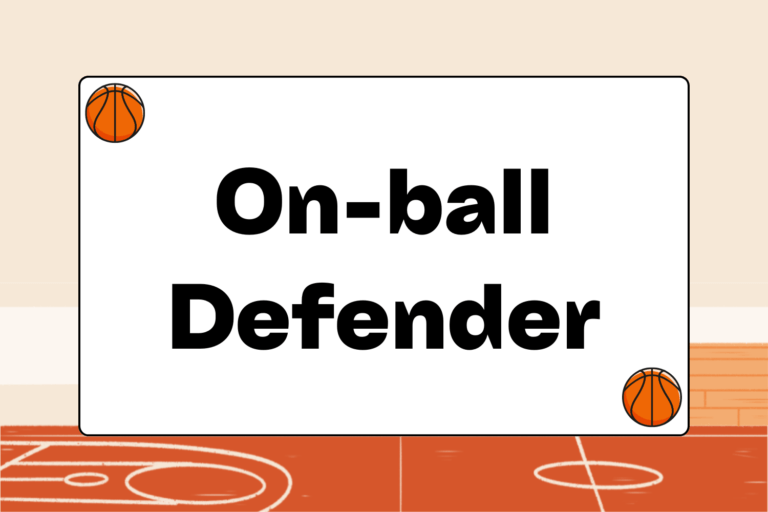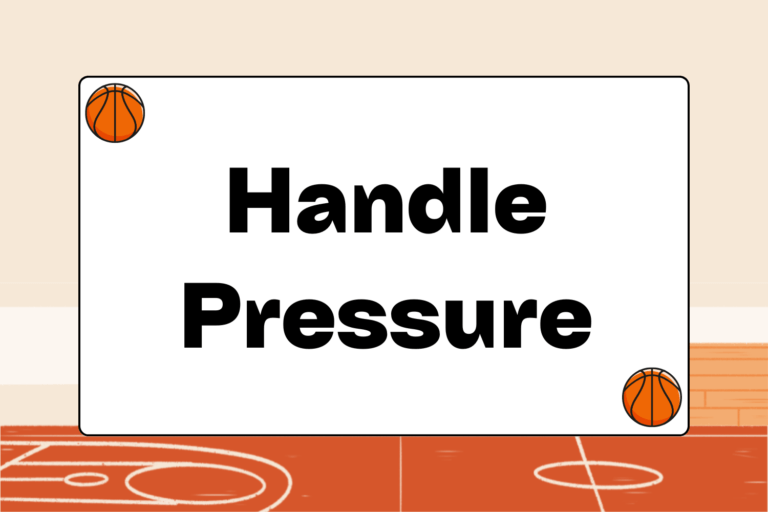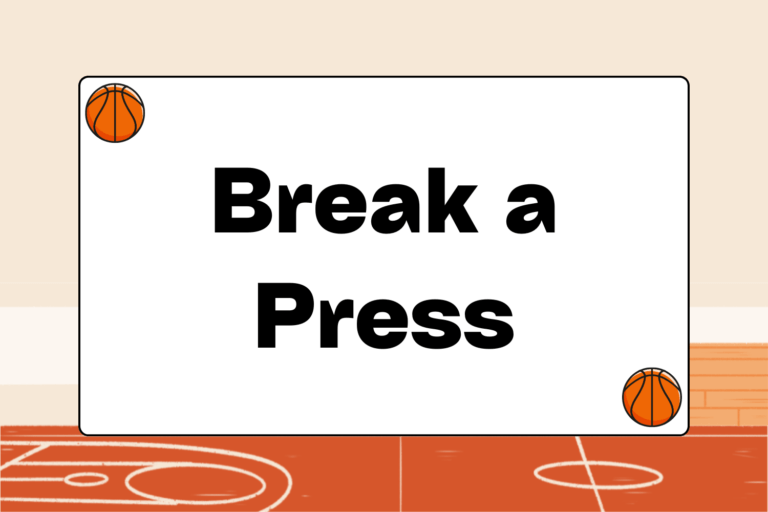One of the biggest changes in basketball over the last 10 years has been the way that players and coaches think about weight training. In past decades, the weight room was mostly off-limits to basketball players. This was especially the case during the season. It was commonly believed that extra muscle could only inhibit speed and explosiveness, while also increasing the risk of injury.
Over time, weight training became a requirement for post players to build core and leg strength. However, now it’s an essential facet of every serious basketball player’s routine — even during the season. The long-term results of sustained weight training are clear: It builds power and explosiveness, while also improving speed and endurance.
Just as with conditioning and cardio exercises, effective weight training routines are about being as strong at the end of the game as you are for the opening tip.
Off-season vs. In-season Training
The preseason is no longer a time to round into playing shape. In fact, most coaches — from middle school through college — demand that players begin pre-season practices in top physical condition. A four or five-month season will test players’ physical limitations, and coaches don’t want to waste valuable practice time solely on conditioning.
- Off-season workouts focus on exercises that build power and explosiveness. Workouts should be about an hour in length, and should incorporate exercises that work multiple muscle groups. In addition, they should be interspersed with cardio exercises on an every-other-day basis. For example, one week should include three weight-training days (Monday, Wednesday, and Friday) and three heavy cardio days (Tuesday, Thursday, and Saturday).
- In-season workouts are strictly about maintaining strength. Basketball is too physically demanding to build mass during the season, and the risk of over-exertion during a season makes heavy weight training frowned upon by coaches and athletic trainers.
Between scheduling, fatigue, and off-court commitments, it’s hard for players to devote themselves to the weight room for an hour, three times each week. But maintaining strength and building from off-season workouts is a worthwhile goal for any basketball player to have. Many players have trouble merely maintaining strength, even with weight training routines in place.
Mental Edge
Most elite athletes lose muscle within four weeks of discontinuing strength-building exercises. This loss can happen more quickly for basketball players, due to the physical demands of the game.
When to Train In-season
Most coaches and athletic trainers agree that the best time to work out is during off-days and after practice. In either case, it’s essential that you monitor your ability to recover from a workout.
If you’ve worked out regularly before, you should be familiar with the amount of time it takes for your body to recover. If your body needs more time to recover than normal, or extended fatigue is becoming a regular part of your workout routine, it’s important to scale back your number of sets and your overall time in the gym. Rest is as important to strength maintenance as the workout itself.
Make a Plan
Devise a workout schedule with teammates and coaches during the season. It’s easy to get bogged down with games, travel, practices, academics, or work. Mapping out an in-season schedule, complete with scheduled off-days and the ability to adjust on the fly, is the key to maintaining strength during a long season.
Exercises that Simulate Game Action
The best workouts simulate actions that take place on the court. Using dumbbells and a medicine ball are great ways to build muscle strength and endurance while simulating basketball movement.
The following exercises work multiple muscle groups simultaneously, such as quadriceps and back, or back and deltoids. They’re low-impact and high-reward, which helps you avoid injury and build explosiveness.
Medicine Ball Step Raises
When performing leg or step raises, it’s essential to keep your back straight and explode from your hips, quadriceps, and hamstrings.
- Begin in the squat position with your feet parallel and shoulder-width apart. Hold the medicine ball at your chest and stand in front of a step or raised platform.
- Explode with both feet onto the step or platform, while simultaneously lifting the medicine ball straight into the air.
- Step carefully back to the ground and repeat in sets of 10 repetitions.
Squat/Curl/Press
Using dumbbells and combining basketball movements is an efficient, low-impact way to develop multiple muscle groups.
- Begin with feet shoulder-width apart, knees slightly bent, and toes pointing forward (basic stance). If you’re familiar with squatting and can use weights, hold dumbbells at your sides.
- Keeping your back straight, squat down and dip the dumbbells to your ankles. Keep your knees behind your toes as you lower, as if you were sitting down in a chair.
- Stand erect with the dumbbells at waist level, and then lift the dumbbells overhead.
- Return the dumbbells to your waist and then drop them to your ankles. Repeat until failure.
One-arm Snatch
One-arm movements with a dumbbell allow greater range of movement and a more lifelike simulation of basketball moves.
- Begin in the basic stance (like the previous exercise). If you’re familiar with this exercise, hold a dumbbell at your side.
- While keeping your back straight, dip the dumbbell to ankle-level between your feet by lowering your center of gravity.
- In one power move, lift the dumbbell overhead while exploding off of the ground.
- Slowly return the dumbbell to your side and repeat in sets of 10 repetitions.
- Repeat with the other arm in an equal numbers of reps.
Hot Tip: Variety is Key
Remember to include more standard weightlifting exercises, such as bench press, rows, lunges, and squats. However, exercises that involve just your own body weight, such as crunches, push-ups, and pull-ups, are also effective power-builders. They’re also easier to develop as long-term habits for many athletes. In fact, perennial National Basketball Association all-star LeBron James has professed an allegiance to push-ups and pull-ups.
It Only Works If You Like It
There are many types of successful workout routines, including plyometrics, interval training, cross-training, and yoga. The most effective workout regimens begin with enjoyment and eventually grow into habit. Once you develop a consistent weight training routine, you’ll become a stronger, more capable player.





